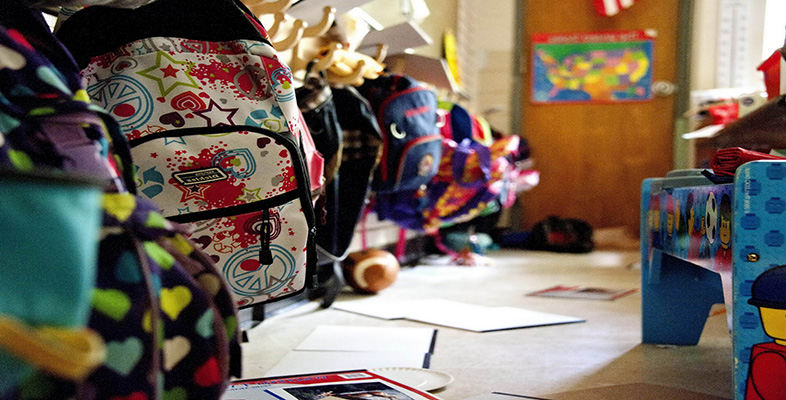2.3 Distinctive contributions
In Activity 1 you looked at the various support roles of Jean, a pupil support assistant. Let us now consider the essential nature of the work that assistants do and the way they contribute to the totality of work in a classroom.
Are teaching assistants ‘simply’ assisting teachers in doing their work? If this is so, it seems that teachers and assistants are working together to carry out the duties that previously teachers working alone would have covered. On this analysis, teaching assistants take on those whole-school and classroom duties that teachers feel they can delegate to a less qualified, but not necessarily less experienced, colleague. In theory, this should leave teachers with ‘spare’ time to do additional tasks of their choice, because another person is doing part of their work. Alternatively, perhaps teaching assistants are in part doing tasks that teachers do not have time to do themselves. If this is so, then the job of teaching a class has ‘expanded’, since both teachers and teaching assistants are still finding more than enough work to do.
Job descriptions aim to capture the work that teaching assistants should do. This might be categorised in terms of ‘administrative duties’, ‘classroom resource preparation’ and ‘work with children’. An interesting framework for thinking about roles, duties and the focus of support work was provided by the DfEE (2000, para. 2.5), which suggested four levels of support for:
- pupils
- the teacher
- the school
- the curriculum.
You will consider the usefulness of this framework in the next activity.
Activity 4 Roles and responsibilities
Now read Reading 1 [Tip: hold Ctrl and click a link to open it in a new tab. (Hide tip)] , ‘Ten titles and roles’ by Roger Hancock and Jennifer Colloby (2013). It contains thumbnail sketches of the roles and responsibilities of ten learning support staff.
Select one sketch that particularly interests you and consider the extent to which the title and role described relate to the DfEE’s four-part framework. Does the framework capture the totality of your working week or, if you do not currently work in learning support, your perception of the working week of a teaching assistant?
Discussion
A factor that we have not yet mentioned but that impacts on the ways in which teaching assistants are deployed is their flexibility as a workforce. Many are employed on a part-time basis, often with short-term contracts. One classroom assistant told us, ‘My job description changes every term!’ Teaching assistants may be moved around in a school so that they can work with individuals and groups of children as and when the need arises. As you may know, in England the national literacy and numeracy strategies introduced a large number of ‘catch-up’ and ‘booster’ programmes for children who are not meeting expectations. Teaching assistants have been very much involved in these programmes, which require considerable flexibility on their part as they work across year groups with identified children.
